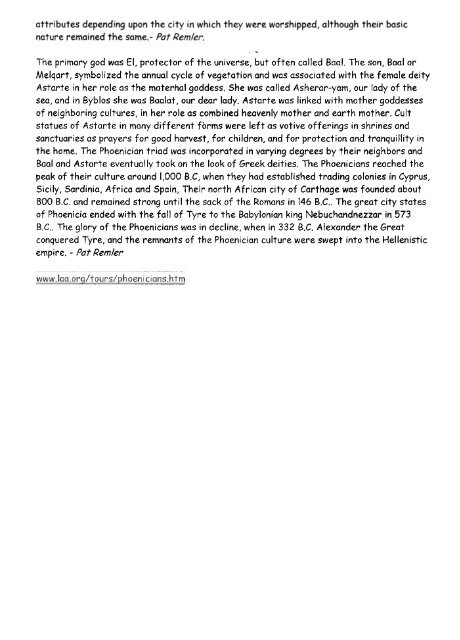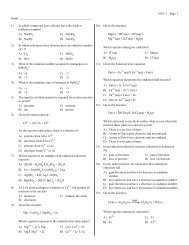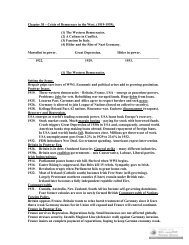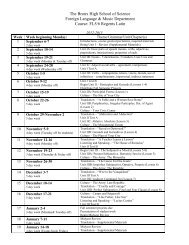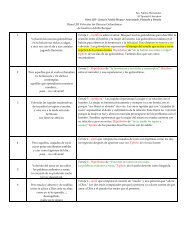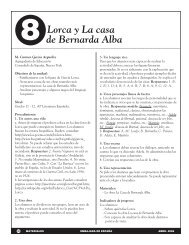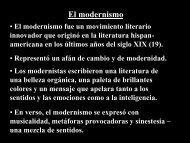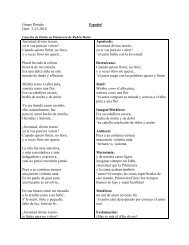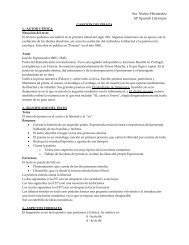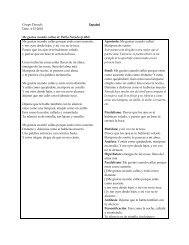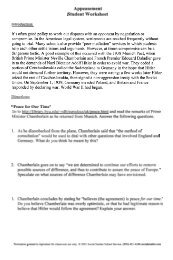Phoenicians.pdf
Phoenicians.pdf
Phoenicians.pdf
You also want an ePaper? Increase the reach of your titles
YUMPU automatically turns print PDFs into web optimized ePapers that Google loves.
attributes depending upon the city in which they were worshipped, although their basic<br />
nature remained the same.- Pat Remler.<br />
. .<br />
The primary god was El, protector of the universe, but often called Baal. The son, Baal or<br />
Melqart, symbolized the annual cycle of vegetation and was associated with the female deity<br />
Astarte in her role as the materhal goddess. She was called Asherar-yam, our lady of the<br />
sea, and in Byblos she was Baalat, our dear lady. Astarte was linked with mother goddesses<br />
of neighboring cultures, in her role as combined heavenly mother and earth mother. Cult<br />
statues of Astarte in many different fbrms were left as votive offerings in shrines and<br />
sanctuaries as prayers for good harvest, for children, and for protection and tranquillity in<br />
the home. The Phoenician triad was incorporated in varying degrees by their neighbors and<br />
Boal and Astarte eventually took on the look of Greek deities. The <strong>Phoenicians</strong> reached the<br />
peak of their culture around 1,000 B.C, when they had established trading colonies in Cyprus,<br />
Sicily, Sardinia, Africa and Spain, Their north African city of Carthage was founded about<br />
800 B.C. and remained strong until the sack of the Romans in 146 B.C.. The great city states<br />
of Phoenicia ended with the fall of Tyre to the Babylonian king Nebuchandnezzar in 573<br />
B.C.. The glory of the <strong>Phoenicians</strong> was in decline, when in 332 B.C. Alexander the Great<br />
conquered Tyre, and the remnants of the Phoenician culture were swept into the Hellenistic<br />
empire. - Pat Remler


